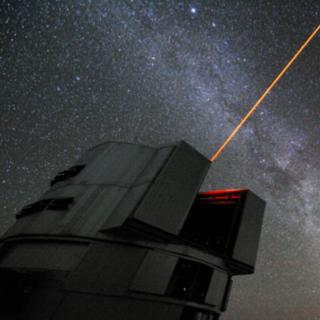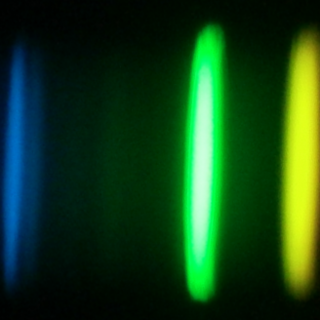Bibcode
Nidever, David L.; Hasselquist, Sten; Hayes, Christian R.; Hawkins, Keith; Povick, Joshua; Majewski, Steven R.; Smith, Verne V.; Anguiano, Borja; Stringfellow, Guy S.; Sobeck, Jennifer S.; Cunha, Katia; Beers, Timothy C.; Bestenlehner, Joachim M.; Cohen, Roger E.; Garcia-Hernandez, D. A.; Jönsson, Henrik; Nitschelm, Christian; Shetrone, Matthew; Lacerna, Ivan; Allende Prieto, Carlos; Beaton, Rachael L.; Dell'Agli, Flavia; Fernández-Trincado, José G.; Feuillet, Diane; Gallart, Carme; Hearty, Fred R.; Holtzman, Jon; Manchado, Arturo; Muñoz, Ricardo R.; O'Connell, Robert; Rosado, Margarita
Bibliographical reference
The Astrophysical Journal
Advertised on:
6
2020
Journal
Citations
126
Refereed citations
115
Description
We report the first APOGEE metallicities and α-element abundances measured for 3600 red giant stars spanning a large radial range of both the Large (LMC) and Small Magellanic Clouds, the largest Milky Way (MW) dwarf galaxies. Our sample is an order of magnitude larger than that of previous studies and extends to much larger radial distances. These are the first results presented that make use of the newly installed southern APOGEE instrument on the du Pont telescope at Las Campanas Observatory. Our unbiased sample of the LMC spans a large range in metallicity, from [Fe/H] = -0.2 to very metal-poor stars with [Fe/H] ≍ -2.5, the most metal-poor Magellanic Cloud (MC) stars detected to date. The LMC [α/Fe]-[Fe/H] distribution is very flat over a large metallicity range but rises by ∼0.1 dex at -1.0 < [Fe/H] ≲ -0.5. We interpret this as a sign of the known recent increase in MC star formation activity and are able to reproduce the pattern with a chemical evolution model that includes a recent "starburst." At the metal-poor end, we capture the increase of [α/Fe] with decreasing [Fe/H] and constrain the "α-knee" to [Fe/H] ≲ -2.2 in both MCs, implying a low star formation efficiency of ∼0.01 Gyr-1. The MC knees are more metal-poor than those of less massive MW dwarf galaxies such as Fornax, Sculptor, or Sagittarius. One possible interpretation is that the MCs formed in a lower-density environment than the MW, a hypothesis that is consistent with the paradigm that the MCs fell into the MW's gravitational potential only recently.
Related projects

Galaxy Evolution in the Local Group
Galaxy formation and evolution is a fundamental Astrophysical problem. Its study requires “travelling back in time”, for which there are two complementary approaches. One is to analyse galaxy properties as a function of red-shift. Our team focuses on the other approach, called “Galactic Archaeology”. It is based on the determination of galaxy
Emma
Fernández Alvar

Nucleosynthesis and molecular processes in the late stages of Stellar Evolution
Low- to intermediate-mass (M < 8 solar masses, Ms) stars represent the majority of stars in the Cosmos. They finish their lives on the Asymptotic Giant Branch (AGB) - just before they form planetary nebulae (PNe) - where they experience complex nucleosynthetic and molecular processes. AGB stars are important contributors to the enrichment of the
Domingo Aníbal
García Hernández

Chemical Abundances in Stars
Stellar spectroscopy allows us to determine the properties and chemical compositions of stars. From this information for stars of different ages in the Milky Way, it is possible to reconstruct the chemical evolution of the Galaxy, as well as the origin of the elements heavier than boron, created mainly in stellar interiors. It is also possible to
Carlos
Allende Prieto